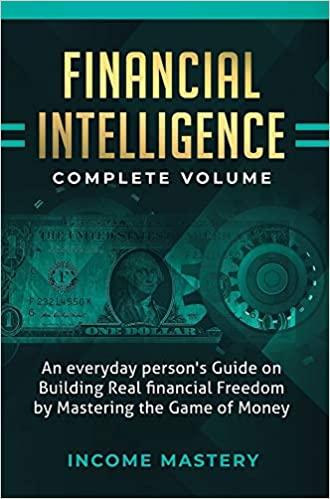Question
An investor has the utility function listed in problem 3 and is considering investing in a risky asset with an expected return of 14.25% and
An investor has the utility function listed in problem 3 and is considering investing in a risky asset with an expected return of 14.25% and a standard deviation of 35% and a Treasury bill with a rate of return of 3.95%. If the investors coefficient of risk aversion constant A is 2.0, what is their optimal portfolio weight to invest in the risky asset? Enter your answer rounded to two decimal places.
Using the information from problem 4, the investor decides that the optimal weight to invest in the risky asset y* calculated in problem 4 seems too low, and so the investor decides to invest a higher percent of the complete portfolio, namely 50%, in the risky asset to raise both the risk and the expected return for the complete portfolio. What is the expected return for the non-optimal complete portfolio with this increased level of risk? Enter your answer rounded to two decimal places.
Step by Step Solution
There are 3 Steps involved in it
Step: 1

Get Instant Access to Expert-Tailored Solutions
See step-by-step solutions with expert insights and AI powered tools for academic success
Step: 2

Step: 3

Ace Your Homework with AI
Get the answers you need in no time with our AI-driven, step-by-step assistance
Get Started


